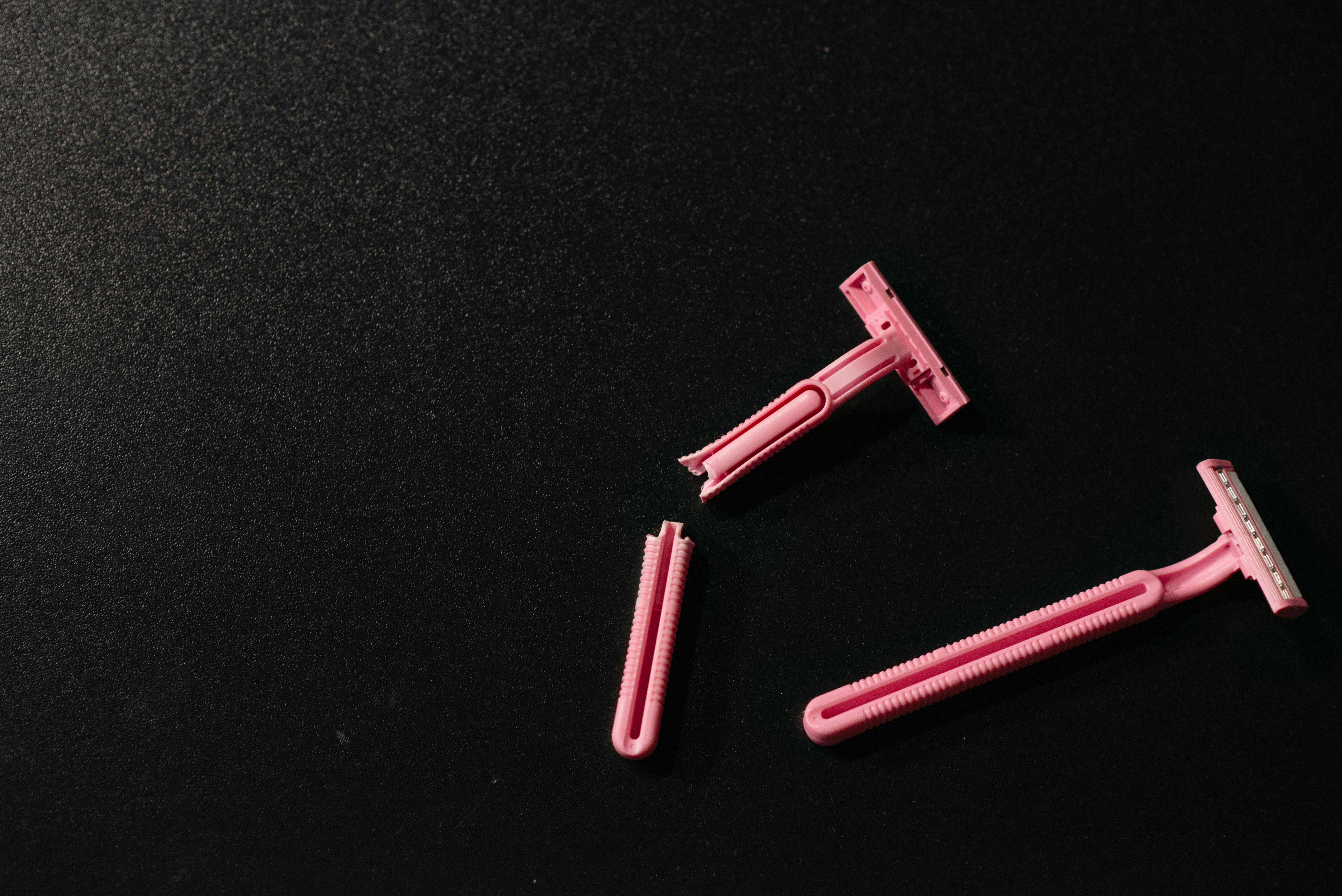
Combat Technique – Ax Hand
In Combatives, Ax Hand is a particularly useful tool in close quarters. It is very easy to perform, especially under survival stress, and extremely versatile. Usually we teach the long ax hand and the short ax hand. I like Kelly McCann’s description of how to form the ax hand. She spreads her fingers and thumb, which makes her hand very stiff. She explains that extending the thumb helps keep the hand from cupping. In training, we’ve found that it works best to extend at the point of impact the same way you would shoot your fist out when punching. This prevents the forearm from becoming too stiff to slow down the acceleration for the punch.
We typically use the short ax hand to the windpipe as part of an attack sequence. Simply project the edge of your hand forward in a straight line towards the target (without cocking it). Although we don’t normally teach this to new students, we often employ a simultaneous stomp that others call the “drop step” which generates more power with the strike. I’ve never been able to find an accurate source of information on how much pressure it takes to crush the trachea, but suffice it to say you’ll certainly get someone’s attention with this punch and it will. hurt.
We also often use the long ax hand within an attack sequence. It usually works great to use it in conjunction with Short Ax Hand. For this blow, the body is turned slightly, away from the target; the hips are involved, as with punches, to generate power. With a cutting motion, we usually hit one side of the neck (approximately halfway) at a bundle of nerve fibers called the origin of the brachial plexus. This bundle divides to form the radial, ulnar, and median nerves of the arm. If it hits this nerve bundle hard enough, it can cause motor dysfunction. Assailants will commonly lose arm function and the ability to stand temporarily. I think of it in terms of causing an electrical overload to the system. The use of bony parts of the anatomy of the brachial plexus origin can be fatal and is considered deadly force.
Kelly McCann applies the Ax Hand from two separate starting positions. The first is what he calls the subservient posture. The hands are folded together, leaning against the body in the muzzle area, and the chin is tucked in. From here, rotate the ax hand in an arc to the side of the neck. As obvious as it may seem, when you cross your hands, keep your punching hand up! McCann also uses the aforementioned drop step (same leg as the punching hand) here to add power to the punch. He emphasizes bringing the other hand into a guard position to protect the head. The other starting position is one that we also use: the Jack Benny position. As with our Long Ax Hand version, he rotates the body a quarter turn, as if away from the opponent (shoulder goes up here), and strikes in an arc towards the brachial plexus/neck region.
By the way, if you’re too young to know what a Jack Benny Pose looks like, just do a Google search on the Jack Benny website. There are many images to illustrate his classic pose, which is actually a very useful ready stance for fighting; he seems very modest, but his hands are ready for action.
Rex Applegate, in his book, Kill or be killed, describes the edge of the hand strike (i.e., the ax hand) as “valuable because it can be used on vulnerable points on the body that would not be susceptible to strikes from the fist or heel of the hand.” Keep your fingers together and your wrist closed. Like McCann, Applegate also emphasizes keeping the fingers and thumb extended to avoid “squeezing” the hand. In the app, he states that the elbow must be bent and that the strike must be a cutting motion, with strike and retract, to localize the force within a small area. This increases the effectiveness of the blow (more pain!), which makes a lot of sense when you look at the targets: nerves in the forearm, windpipe, base of the skull, under the nose, bridge of the nose, base of the spine, and of course. , the side of the neck. Above all targets, Applegate prefers testicles. As a final note, he recommends that the hand edge blow be used with the strong side arm and with the same lead side leg.
In Dennis Martin’s Combatives Forum, he has a quote from EA Sykes, describing the ax hand:
The deadliest unarmed strikes are with the side of the hand. All the force is concentrated in one area. The effect of these blows is obtained by the speed with which they are delivered, rather than by the weight behind them.
This is in line with Applegate’s thoughts on the matter.
Dennis thinks Ax Hand is highly underrated (probably more so in recent times, I imagine). He also uses and highly recommends the Vertical Ax Hand: “just like the Hammerfist, it can be used for a crouching assailant, targeting the neck, the spine, the kidneys.” Many practitioners complain that it hurts to train the Ax Hand until the meaty part of the hand is conditioned. He especially hurts to train on a BOB; That fool is most ruthless! Dennis explains that hitting a person is a little different than hitting training pads. He has devised a special cylindrical pad to train it on, which best represents a human target. He also recommends training Ax Hands in focus gloves. Thai pads, like BOB, are particularly unforgiving. I found a recommendation somewhere that one can condition one’s hand by hitting a bag full of beans. I have yet to try this myself as I usually just smile and bear it. However, it can be a blessing for new practitioners who are not used to hard training.
We use the vertical ax hand on a different target: the top of the shoulder, near the neck. Think of Captain Kirk in star trek using this chop in fights. There is a motor nerve point here on the shoulder: the Suprascapular. I can attest to the fact that this punch hurts, but it can be a bit tricky to hit the right nerve.
Well, there you have it: the hand of the ax from many different perspectives. As with any technique, train it in many ways, find what works for you and your body, and test it with pressure. Although it often targets nerve points, it’s a fairly simple gross motor movement to execute. The Ax Hand is old school and brutally effective. It’s easy to acquire, comparatively speaking, because think about this: It takes a lot of time and dedication to perfect hitting skills. Not so with many Combat techniques. Keep this in mind: some of these hits can be distracting with pain, some can cause temporary motor dysfunction, and some CAN CAUSE DEATH. Remember that even with empty hand techniques, you are a deadly weapon and you must accept full responsibility for it. Train safely and responsibly!
References
Applegate, Rex. (1943). Kill or be killed: a hand-to-hand fighting manual. Rock: PaladinPress.
Grover, Jim. (1999). Jim Grover’s Combatives Series: Power Strikes & Kicks, Vol. 1. [Videotape]. Paladin Press.
Martin, Dennis, et al. The classic strikes. Retrieved May 2009 from Dennis Martin’s Combatives Community Forum.





